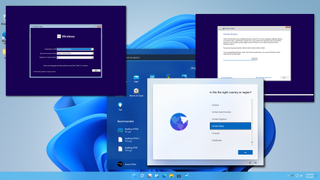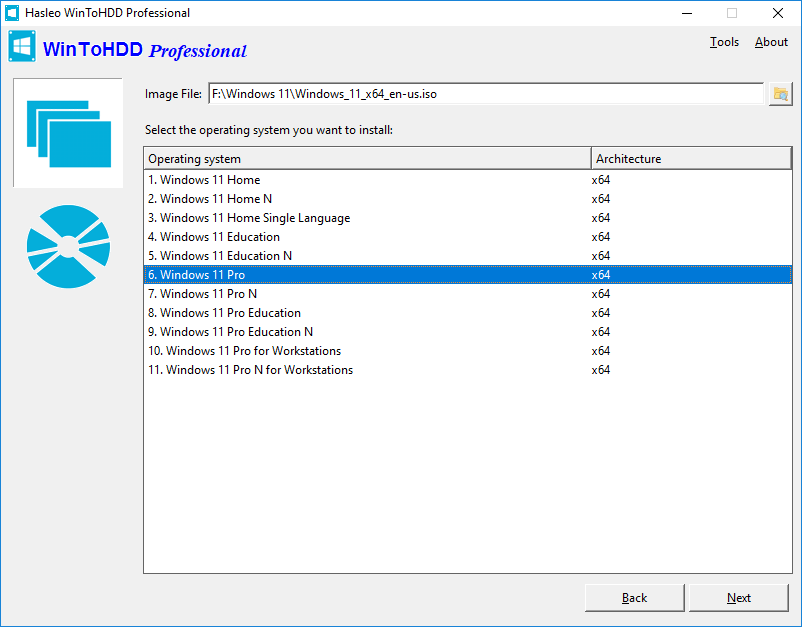

- HOW TO INSTALL FROM AN ISO FILE HOW TO
- HOW TO INSTALL FROM AN ISO FILE UPDATE
- HOW TO INSTALL FROM AN ISO FILE PORTABLE
- HOW TO INSTALL FROM AN ISO FILE SOFTWARE
- HOW TO INSTALL FROM AN ISO FILE WINDOWS 7
Allocate enough memory to allow the ISO images to boot, 512MB-1GB should be plenty. For Type/Version use anything you like.ģ. You MUST use ISOBoot (including capitals) or you will have to manually edit things later on. Run the program and click New to create a new machine, name it ISOBoot.
HOW TO INSTALL FROM AN ISO FILE PORTABLE
Note we have tried this method with Portable VirtualBox and it doesn’t work.Ģ. If you don’t already have it, download and install VirtualBox.
HOW TO INSTALL FROM AN ISO FILE HOW TO
Here we show you how to setup a virtual machine and be able to run ISO files with a few clicks.ġ. This is ideal for booting and testing an ISO but there are a several steps to go through each time you want to boot a different image.
HOW TO INSTALL FROM AN ISO FILE SOFTWARE
VirtualBox is a hugely popular free software to create and run virtual operating systems and it can run a virtual CD/DVD disc inside a virtual machine (VM) by using the computer’s real optical drive or an ISO image.

Boot an ISO Image Directly From VirtualBox
HOW TO INSTALL FROM AN ISO FILE UPDATE
MobaLiveCD is still compact and useful but its mileage depends entirely on whether you can get it to work, an update would definitely be welcome but sadly the project appears to have been pretty much abandoned.Ģ. As a simple example we booted Mini XP from Hiren’s BootCD in MobaLiveCD and VirtualBox, MobaLiveCD took 2 minutes 10 seconds to boot to the desktop, VirtualBox took only 33 seconds.Īlso, because there has been no updates since 2009 it will sometimes fail to boot an ISO image or USB flash drive correctly, likely due to a now rather outdated version of QEMU. It does use up to 1GB of memory but the CPU being emulated is a Pentium II 333Mhz which makes things sluggish during boot and inside the live operating system. Firstly the QEMU program it relies on emulates very low end hardware.
HOW TO INSTALL FROM AN ISO FILE WINDOWS 7
The “Right-click menu” button usually doesn’t work in Windows 7 or 8 because they recognise the ISO file type by default and already have other programs associated with it, Vista and XP will work if their ISO file type hasn’t already been taken over by another program.Īlthough MobaLiveCD is small and easy to use it does have drawbacks. To interact with the emulated operating system, click in the window, press Ctrl + Alt to get out again. The program will then launch QEMU with a predefined configuration and begin the boot process.

MobaLiveCD is simplicity to use, all you have to do is run it (Run as administrator if you have UAC on) and either press “Run the LiveCD” and browse for the ISO image file, or click “Run the LiveUSB” and choose the letter of your flash drive. Not only will it start bootable CD ISO images but with the last update to version 2.1 you can also launch a bootable USB flash drive which is useful when you’re testing if your multi boot or installation USB works before trying it for real. The program itself is portable and only 1.5MB in size which is quite impressive. This is thanks to the small and open source virtual machine emulator QEMU. MobaLiveCD is a freeware tool that will run your Live or bootable disc images directly from within Windows with just a couple of clicks of your mouse. Being able to boot and test an ISO image with just a couple of clicks of your mouse can be a real time saver, here we show you 3 ways to do it. The trouble is using the above methods to boot the ISO image can still take time which isn’t ideal if for example you quickly want to try a number of the latest Linux distros. These days disc images (ISOs) are everywhere and that allows you to do several things such as burn to CD like before, mount the ISO as a virtual drive, install the image onto USB flash drive, or even load it into virtualization software to test without leaving your desktop. This not only took vast amounts of time waiting for the disc to burn but it also meant perhaps fiddling with the boot order in the BIOS and if you didn’t have any rewritable media, every burn would cost you money. Not too many years ago if you wanted to try out the latest Linux distro, test to see if a repair CD you downloaded worked or whether your custom made Windows install disc could boot, you had to burn the content to CD or DVD and then reboot your computer to try it out.


 0 kommentar(er)
0 kommentar(er)
